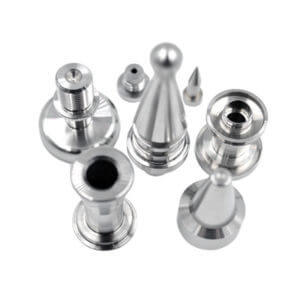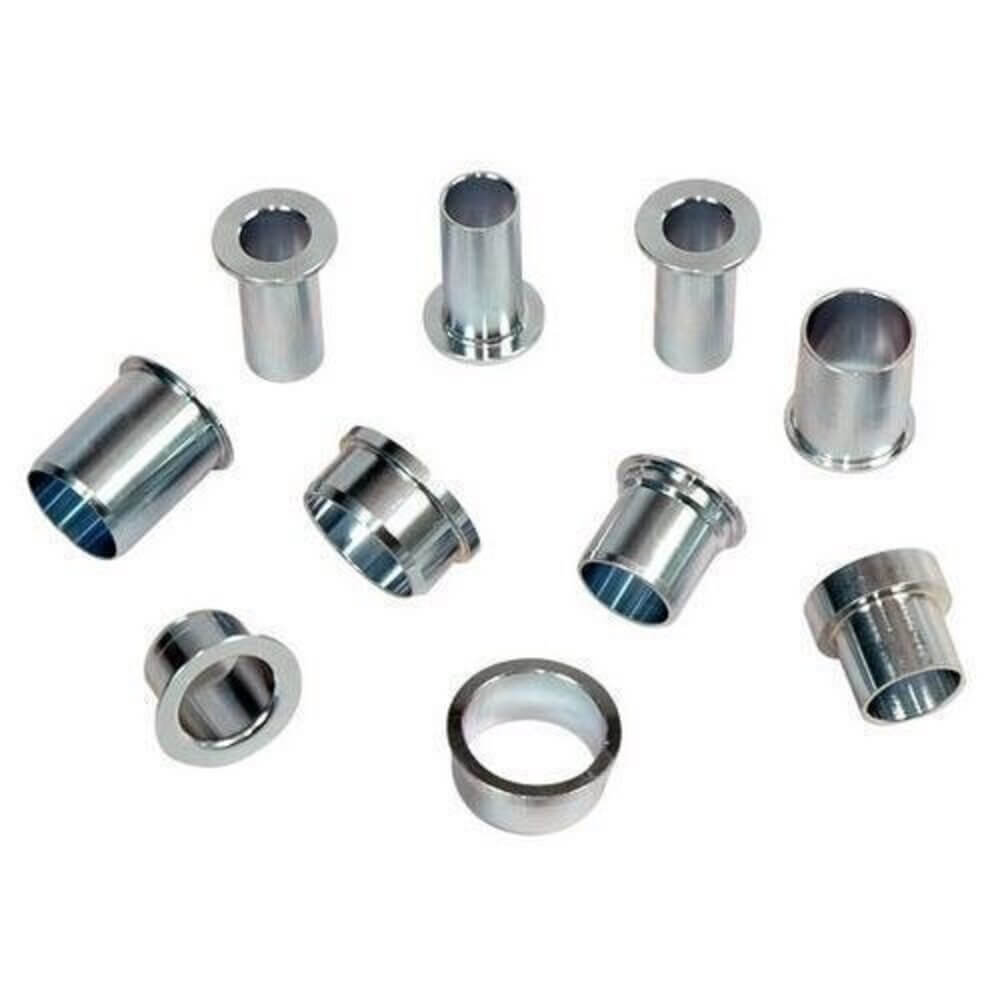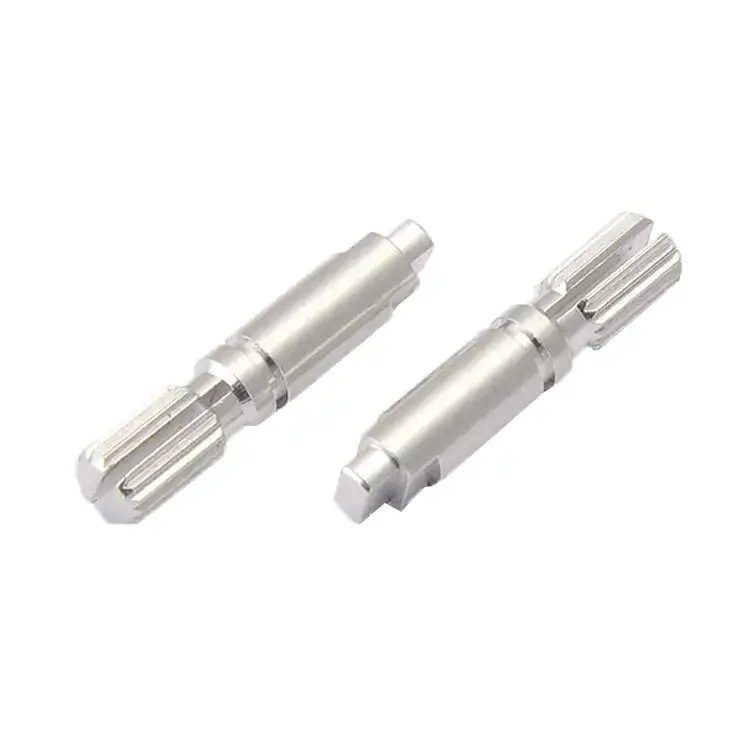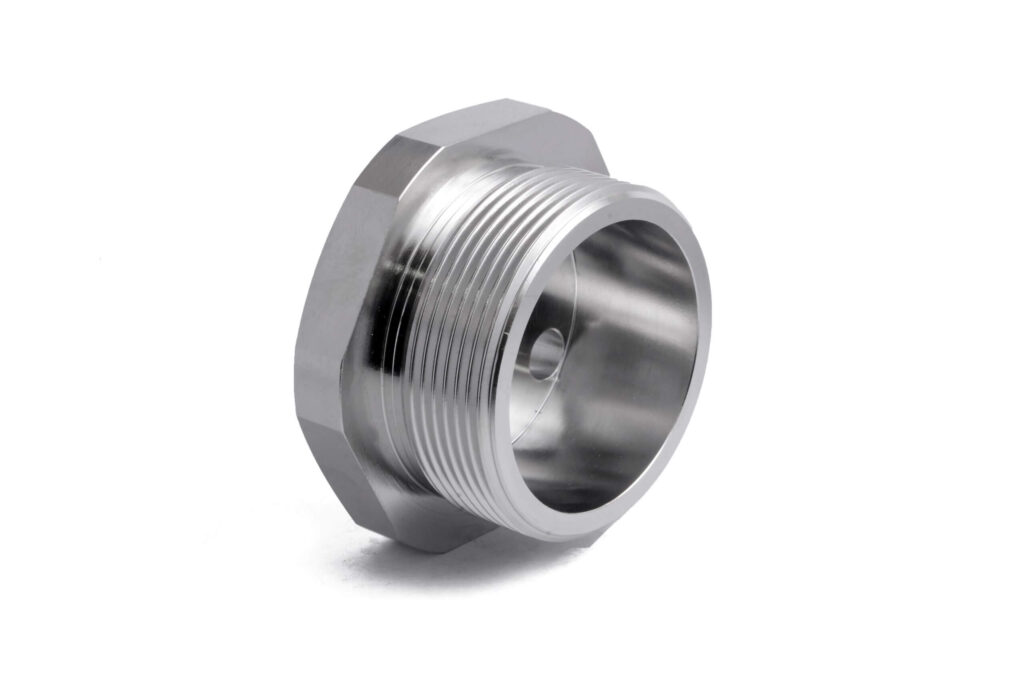Small Turned Parts Considerations
Small turned parts are nothing new to many machine shops. Industries such as automotive, aerospace, electronics, firearms and medical are pushing the limits when it comes to small part production.
Typically, any application that requires a workpiece less than 1 inch in diameter is considered small part turning. Micromachining, on the other hand, is categorized by part diameters that are too small to be held in a standard chuck.
In some cases, this can mean parts that are 0.1 inch to 0.02 inch in diameter or even as small as the size of a human hair, depending on the equipment. For shops looking to get into small part turning, there are steps they can take to ensure success.

1.Tips for Small Turned Parts: Tools
The type of tooling required to turn small parts is different than turning larger parts. Tool pressure is a major consideration for small parts. Very small parts can easily deform during turning operations.
Therefore, the process needs to be planned to minimize tool pressure using sharp, positive tools. It is important to look for well-defined cutting edges and positive vertex angles. Fully sintered cutting tools can be problematic because they are not sharp enough to minimize pressure.
Look for finely ground cutting edges with ample clearance. A sharp wedge angle will help prevent part deformation. Forming tools are a good choice because they can streamline the process.
Chip control and chip evacuation can be troublesome in small part turning. In most cases, the largest possible tool is a better choice, but it is important to remember that there must be enough room for chip evacuation, especially in boring operations. High-pressure coolant can greatly help with this.
Looking for tools designed for small part turning or micro-turning is a good place to start. These tools tend to have tighter tolerances and are ground more finely.

2.Tips for Small Turned Parts: Material Selection
The material used for CNC turned parts can greatly affect the overall design. For example, metals such as aluminum and brass are soft and ductile, making them easy to machine.
However, they tend not to be as strong and durable as harder materials such as steel or titanium. To make the best choice, the application and desired properties of the part, as well as the specific functions of the CNC turning process, must be considered.
CNC machined materials must be strong enough to withstand machining forces, but they also need to be heat and wear resistant. Additionally, the material must be compatible with the coolants and lubricants used in the machining process. Failure to select the right material can lead to part failure, expensive repairs, or even injury.
3.Tips for Small Turned Parts: Tolerances
In any CNC turned part design, certain hidden risks will always cause the part to fall out of tolerance. The causes of these risks can be varied, but they can usually be traced back to the design of the part itself.
To minimize the risk of problems, designers must fully consider machining tolerance issues in their designs.
If the dimensions are too tight, the intended effect may not be achieved. If the dimensions are too loose, the fit and function of the part may be affected. Therefore, a balance must be struck between these two extremes. The best approach is to use tolerances that are appropriate for the application.
For example, precision parts often use tight tolerances, while looser tolerances are more forgiving and help reduce costs.

4.Tips for Small Turned Parts: Surface Finish
Surface finish is an important factor to consider when thinking about the design of a CNC turned part. Achieving the desired surface finish can be a challenge, and the wrong material or tooling choice can lead to poor results.
Parts with a poor surface finish can present a number of problems, including increased friction, excessive wear, and reduced aesthetics.
Conversely, parts with a high-quality surface finish will run smoother, more efficiently, and look more attractive. When choosing a surface finish for a CNC turned part, it is important to consider the requirements of the application.
For example, for an internal part that is not seen, a rougher finish may be acceptable, while for an external part that is visible, a smoother finish may be required.
5.Tips for Small Turned Parts: Threading and Grooving
When designing precision CNC turned parts, it is important to consider the threading and grooving processes. Threading provides a way to secure two parts together by interlocking them together, while grooving allows for a smooth transition between two surfaces.
When used in combination, these two features can help create more durable joints that can withstand higher loads.
In addition, these features can be used to improve the aesthetics of a part by hiding the joint or creating interesting patterns. Therefore, incorporating these features into part design can help improve the safety, durability, and performance of your product.

6.Tips for Small Turned Parts: Wall Thickness
Wall thickness is another factor to consider when designing CNC turned parts. If the wall thickness is too thin, the part may be fragile and prone to breaking. However, if the wall thickness is too thick, the part may be too heavy and difficult to handle.
The ideal wall thickness for a CNC turned part depends on the material used and the strength required for the finished product. But in general, a good rule of thumb is to keep the walls as thick as possible while maintaining strength and durability. By paying careful attention to wall thickness, engineers can ensure that the part is both strong and cost-effective.
